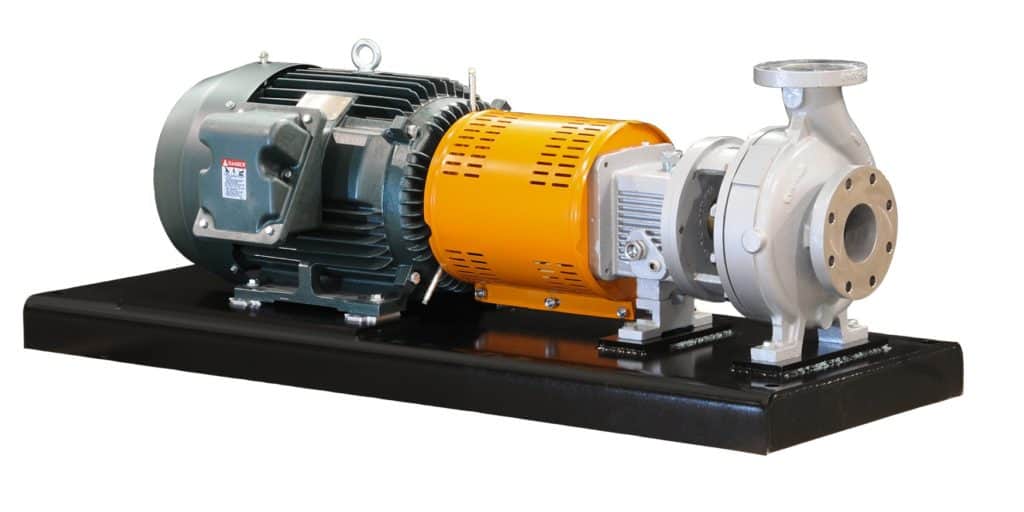Producing oil and gas calls for working with sound equipment that can handle big jobs, and the centrifugal pump is one of the most integral components in the oil and gas industry. Maintenance plays a considerable part in the durability of these pumps. Exercising pump preventive maintenance and following established centrifugal pump repair procedure is essential to extend the life of your centrifugal pumps.
From interior pump corrosion to leakage problems, centrifugal pumps can experience several issues over time if not properly maintained. Maintenance issues can have adverse impacts over time and can even halt the function of the pumps, slowing down or even stopping production.
That’s why it’s vital to ensure you’re not missing important steps. Pump maintenance is challenging without a plan in place to guide you through mandatory centrifugal pump maintenance procedures. Thus, it’s vital to have a centrifugal pump maintenance checklist for guidance during the process. Read on to learn more about the preventative measures and maintenance to implement for your centrifugal pump.
Schedule a Preventative Time
Centrifugal pump preventive maintenance is an essential step in ensuring pumps last for as long as they possibly can. You achieve this by establishing a presentation plan for your pump. Make sure to include centrifugal pump troubleshooting maintenance steps to ensure everyone who uses the procedure not only identifies issues but also knows what to do to solve the problem.
Include preventative measures that outline checkpoints based on frequency and date. For example, annual checkups can be performed for the pump’s pressure while verifying bolt tightness is essential to conduct every quarter.
Regulate Monitoring
Regular maintenance of pumps also calls for frequent monitoring. Thus, your pump maintenance procedures should cover essential process parameters. Some typical parameters include:
- Liquid levels
- Fluid properties
- Flow rate
- Process pressures
- Pump power
- Pressureof the pump’s suction
- Pump performance
Implement Your Pump Maintenance Schedule
Monitoring and designing a preventative centrifugal pump maintenance plan is important, but it’s not enough to solve the issue. You must put your plan into motion and implement the centrifugal pump maintenance schedule.
Monitoring for the performance of your centrifugal pump should be a reoccurring event that happens promptly with a centrifugal pump alignment procedure. It helps you to verify that each component of the pump is functioning correctly.
Here are a few aspects to include in your pump maintenance schedule, which is best to perform at least every six months:
- Inspect the pump’s seal.
- Assess performance and durability of the oil drain plug, pump casing, discharge flanges and suction, and the bolts for motor alignment for leakage and damage, including air leaks.
- Remove oil from bearing bracket.
- Check pump motor and engine.
- Check impeller vanes.
- Examine the wear plates.
- Remove debris from the suction strainer during cleaning to avoid clogging.
- Test the pump to inspect for efficiency.
Ensuring your centrifugal pump works is essential to its durability. With a centrifugal pump preventive maintenance checklist, you can optimize your industrial pump maintenance to extend the life of your pumps, keep every part functioning correctly and enhance the reliability and performance of the machine over time.
To learn about our selection of centrifugal pumps, contact Cortech Engineering today.

